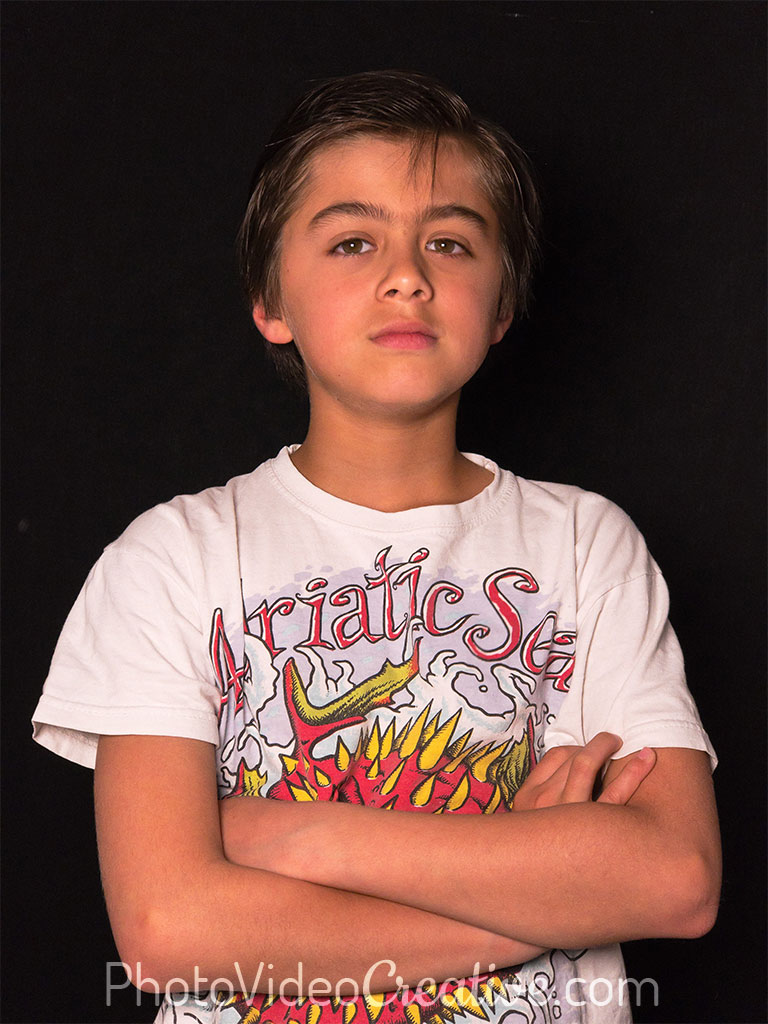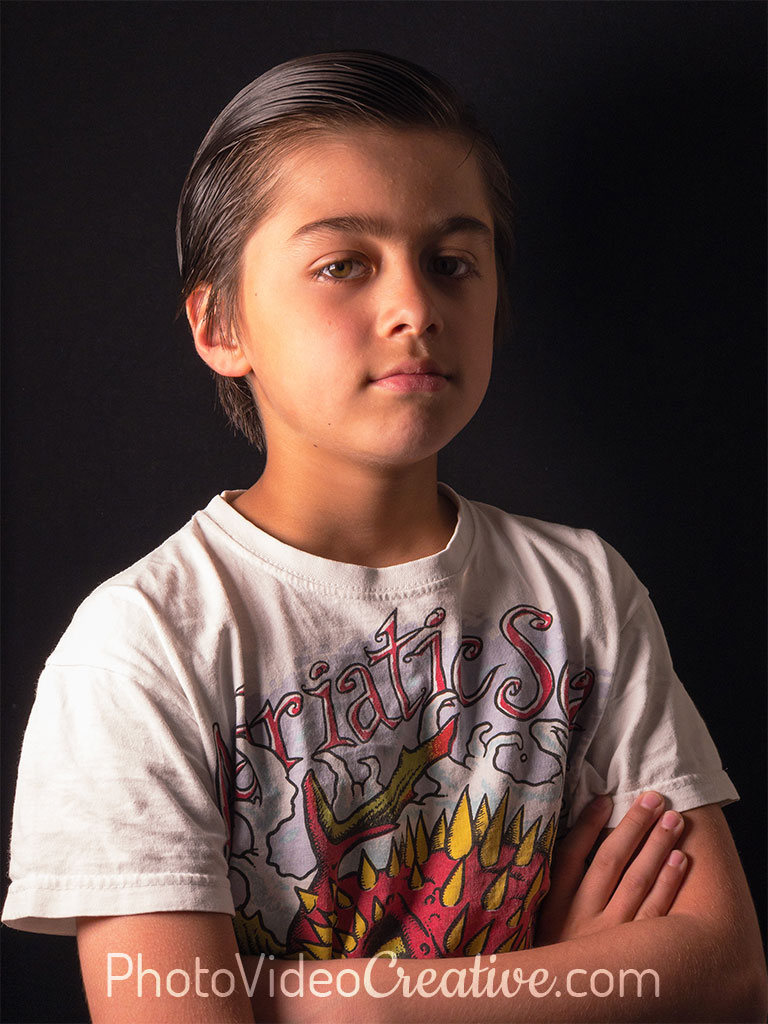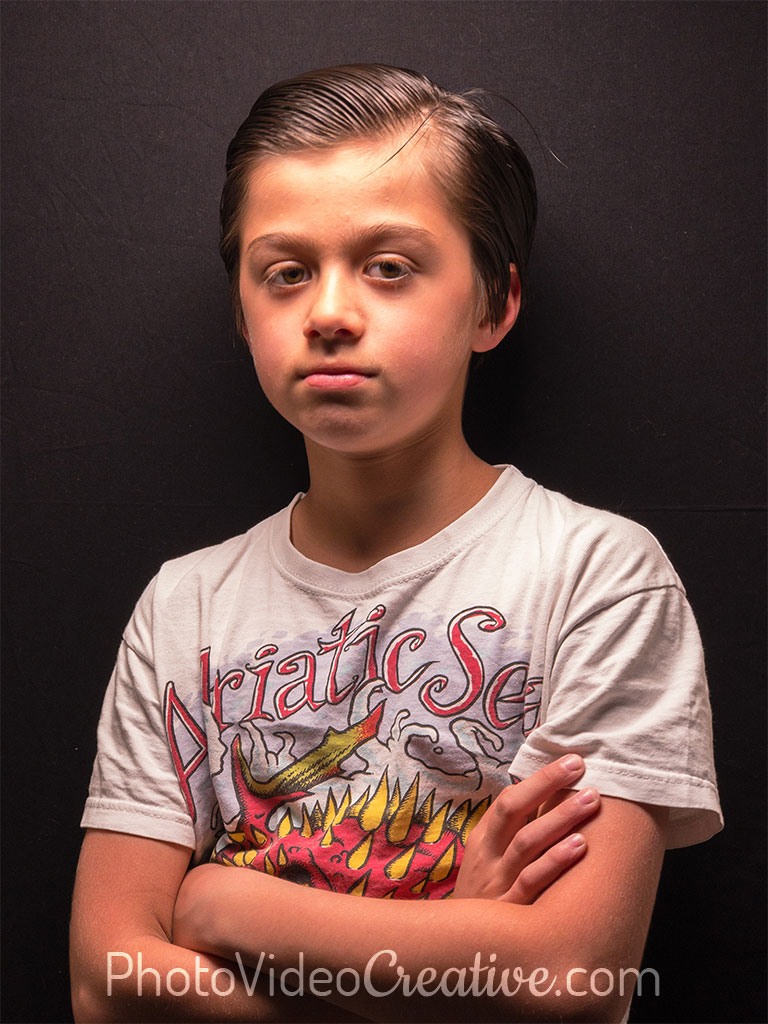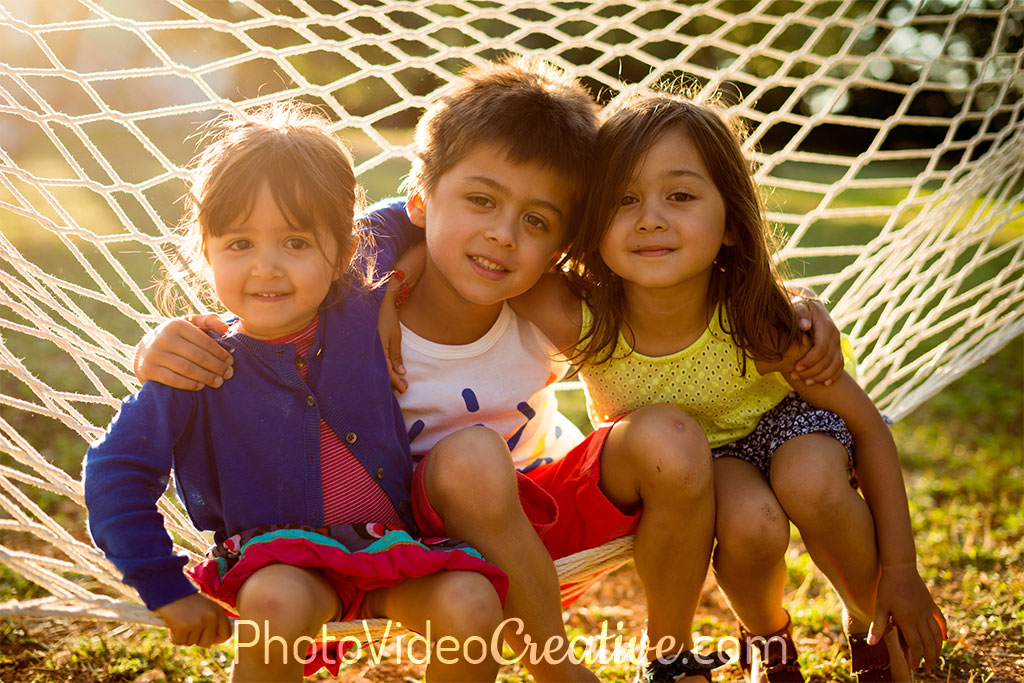Light is more expressive than you may think. Depending on how is oriented the light against your subject, you may experience extremely different emotions. Know how to recognize the different directions of light and the emotional response that this causes.
I will share with you:
- What are the different lighting positions
- What are the emotions related to front light, side light, upward light, downward light, and back light
Light Position: The Lighting Direction to Your Subject
The light comes from a source to illuminate the subject and its environment. Depending on the position of the light source, the lighting direction will be different:
- Facing or behind the subject: front light or backlight
- Left or right of the subject: side light
- At the same level, above or below the subject: horizontal light, downward light or upward light
The first effect of the lighting direction is the nature of the projected shadows: a shadow is projected in the opposite direction of the light source.
It is the contrast between the illuminated and shaded parts of the subject, and its surroundings, that will be the source of the emotions that you will be able to capture and share in your photo.
And the Plutchik’s wheel of emotions is a great help in determining how you feel about your subject.

Emotions Related to Front Light

A front light, like a very diffuse light, erases the shadows. The relief effect is then absent, and it is the details specific to the subject and its environment that will emerge.
In portraiture, you find this type of lighting very often for photographs of beauty products where the faces are illuminated from the front to highlight the quality of a lipstick, a moisturizer, a product of makeup.
In this case, a front light is therefore a rather neutral light that emphasizes in a simple way the subject and the emotions it arouses.
A front light can also have a clinical and “objective” aspect almost detached.
Here again, this effect is very often used in fashion photos with a very marked frontal illumination: the photographer shoots through a special flash in the form of a ring. The ring flashes were first intended for the medical world, before being taken over by fashion: this explains that!
A facing light evokes rather emotions such as:
- Anticipation
- Confidence
- But sometimes also a certain sentimentality
Emotions Related to Side Light

A side light will be located to the left or right of the subject.
This type of light will generate very visible shadows that will accentuate the details and relief of the subject giving a 3D look. That way, you give more thickness, character, personality to the subject.
It is for example the favorite lighting of painters like Rembrandt, Vermeer and many other great masters.
A side light will therefore support the emotions aroused by your subject. You can also introduce some subtlety by having a more diffuse light.
Emotions Related to Upward Light

An upward light comes from a light source that is lower than your subject: it is a light from below.
This is the children’s favorite lighting to be scared with a flashlight under the blanket!
But it remains a light uncommon in our daily life: the sun is above our heads rather than under our feet! And when one meets this type of lighting, it is often for a monumental status lighting or for a architecture lighting.
Thus, an upward light often generates the following emotions:
- Fear
- Surprise
- Submission
- Awe
- Curiosity
You can reinforce the emotions of an upward light with direct light with hard shadows, and a composition with an upward point of view toward the subject (the subject dominates your point of view).
Emotions Related to Downward Light

A downward light comes from a light source that is higher, or even at the vertical of your subject: it is a lighting from the top.
It is the divine illumination par excellence where your subject is like being exposed to forces greater than himself, or on the contrary invested with a supernatural power by this falling light.
Thus, a downward light often generates the following emotions:
- Dominance
- Fatalism
- Pride
- Remorse
- Outrage
- Contempt
- Pessimism
- Disapproval
- Awe
You can reinforce the emotions of a downward light with direct light with hard shadows and a composition with a point of view descending to the subject (your view dominates the subject).
Emotions Related to Horizontal Light
A horizontal light, whether frontal, backlit or lateral, is a rather neutral orientation on the emotions caused by your subject. This is not the case with an upward or downward light.
Emotions Related to Backlight

A backlight is behind the subject.
It is a particularly effective light in composition to detach the subject from its environment:
- Either the subject will simply be a silhouette,
- Either the rim of the subject will be underlined by the rear light
Thus, the backlight will mainly amplify the emotions transmitted by the subject. Often, a backlight is itself a warm light which adds the emotions of this type of light. This is the case of outdoor photography during the golden hour light.
What Do You Think?
Did you pay attention to the direction of light in your photos? Which direction of light do you want to experiment immediately and on what subject? Do you have difficulty making pictures with certain directions like backlight?
Leave me your comments, I will answer with pleasure.
Do you like what you’ve learned? Share this post with your loved ones!